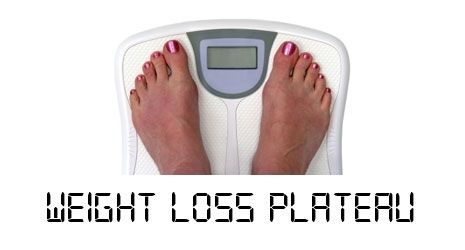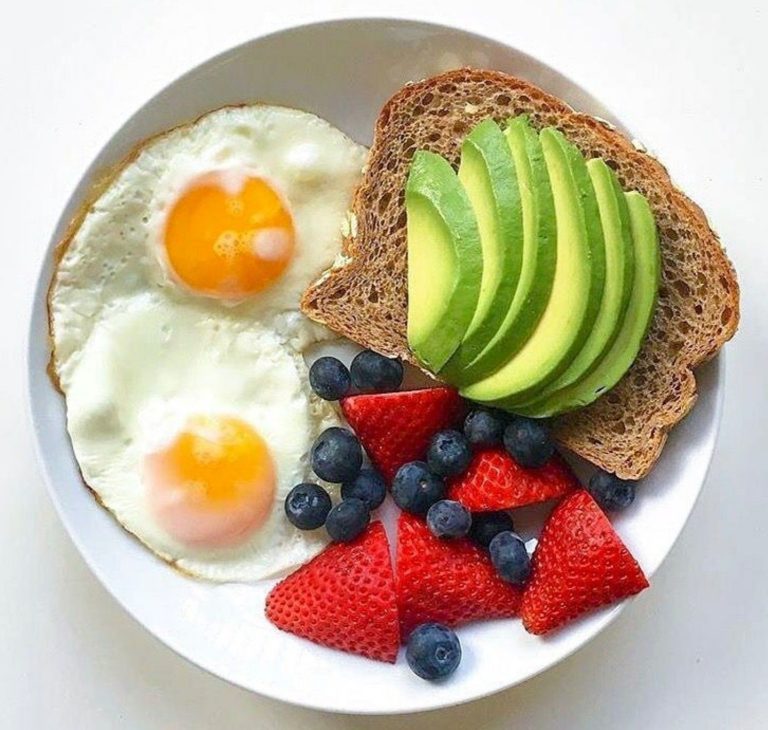Weight loss journeys can often hit a point of frustration and stagnation known as a weight loss plateau. It’s a common experience, but understanding what causes these plateaus and finding effective solutions can help individuals overcome this hurdle and continue progressing towards their goals.
The Science behind Weight Loss Plateaus
When individuals begin their weight loss journey, their body usually responds well to the changes in diet and exercise. This is due to a calorie deficit, where the body burns more calories than it consumes, resulting in weight loss. However, as the body adapts to these changes, it becomes more efficient, making weight loss more challenging. This adaptation leads to a weight loss plateau.
Causes of Weight Loss Plateaus
Several factors contribute to weight loss plateaus:
Metabolic Adaptation: The body’s metabolism adjusts to the reduced calorie intake, slowing down weight loss.
Lack of Variety: Repetitive diet and exercise routines can cause the body to adapt, reducing the effectiveness of the efforts.
Muscle Gain: As individuals lose fat, they may simultaneously gain muscle. Since muscle is denser than fat, this can result in the number on the scale remaining the same.
Unrealistic Expectations: Setting unattainable weight loss goals can lead to disappointment and frustration, potentially causing individuals to give up.
Overcoming Weight Loss Plateaus
While plateauing can be discouraging, there are effective ways to break through and continue making progress:
1. Adjust Caloric Intake
Increasing or decreasing calorie intake can shock the body out of its comfort zone. Consult with a nutritionist or dietician to determine the appropriate adjustment.
2. Vary Exercise Routine
Introducing new exercises or changing the intensity and duration of the existing routine can stimulate the body and kickstart weight loss again.
3. High-Intensity Interval Training (HIIT)
HIIT involves alternating between intense bursts of activity and short recovery periods. This technique has been shown to increase metabolism and break through plateaus.
4. Strength Training
Building muscle through strength training can help boost metabolism and counteract the muscle gain that often occurs during weight loss.
5. Monitor Portion Sizes
Evaluating portion sizes and ensuring they remain appropriate is essential. Over time, serving sizes can creep up, leading to unintentional calorie surplus.
Maintaining Motivation and Long-Term Success
Weight loss journeys are not always linear, and it is important to stay motivated during plateaus:
1. Celebrate Non-Scale Victories
Focus on improvements in energy levels, clothing fitting better, or increased strength rather than solely relying on the scale.
2. Support System
Joining a weight loss group or seeking support from friends and family can provide motivation and accountability during challenging times.
3. Set Realistic Goals
Creating achievable and sustainable goals ensures that progress feels attainable, reducing the likelihood of disappointment.
4. Practice Self-Compassion
Remember that weight loss journeys are unique to individuals. Be patient with oneself and practice self-care throughout the process.
Conclusion
Weight loss plateaus should be viewed as a natural part of the journey rather than a reason to give up. By understanding the science behind plateaus and implementing effective solutions, individuals can break through these barriers and continue their path towards achieving their weight loss goals.






